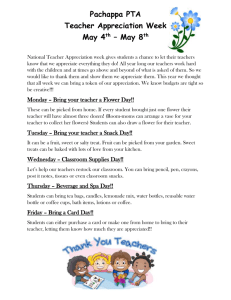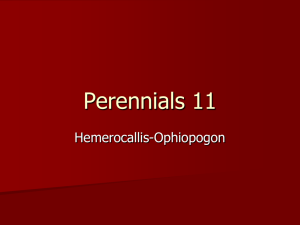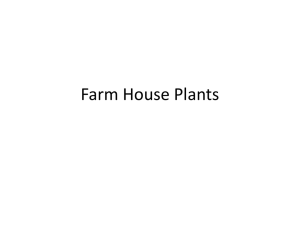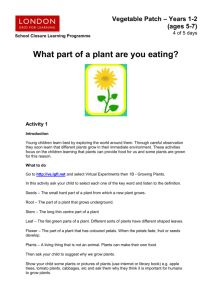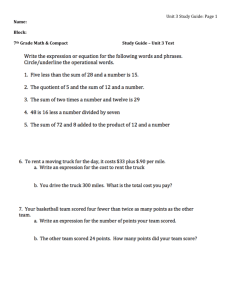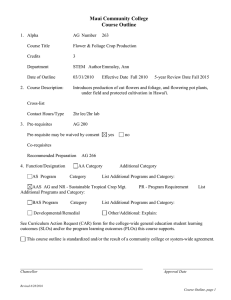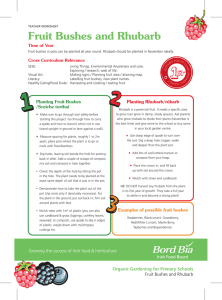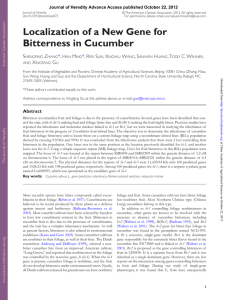Quad City Times, IA 05-13-06 Don’t remove tulip foliage early
advertisement
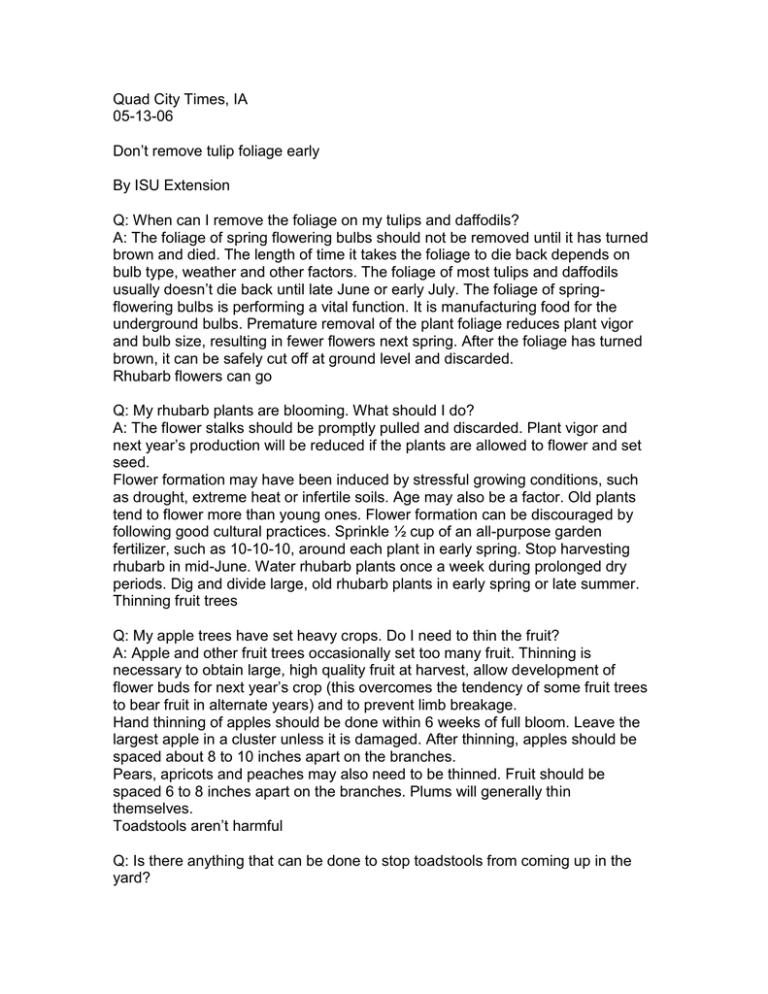
Quad City Times, IA 05-13-06 Don’t remove tulip foliage early By ISU Extension Q: When can I remove the foliage on my tulips and daffodils? A: The foliage of spring flowering bulbs should not be removed until it has turned brown and died. The length of time it takes the foliage to die back depends on bulb type, weather and other factors. The foliage of most tulips and daffodils usually doesn’t die back until late June or early July. The foliage of springflowering bulbs is performing a vital function. It is manufacturing food for the underground bulbs. Premature removal of the plant foliage reduces plant vigor and bulb size, resulting in fewer flowers next spring. After the foliage has turned brown, it can be safely cut off at ground level and discarded. Rhubarb flowers can go Q: My rhubarb plants are blooming. What should I do? A: The flower stalks should be promptly pulled and discarded. Plant vigor and next year’s production will be reduced if the plants are allowed to flower and set seed. Flower formation may have been induced by stressful growing conditions, such as drought, extreme heat or infertile soils. Age may also be a factor. Old plants tend to flower more than young ones. Flower formation can be discouraged by following good cultural practices. Sprinkle ½ cup of an all-purpose garden fertilizer, such as 10-10-10, around each plant in early spring. Stop harvesting rhubarb in mid-June. Water rhubarb plants once a week during prolonged dry periods. Dig and divide large, old rhubarb plants in early spring or late summer. Thinning fruit trees Q: My apple trees have set heavy crops. Do I need to thin the fruit? A: Apple and other fruit trees occasionally set too many fruit. Thinning is necessary to obtain large, high quality fruit at harvest, allow development of flower buds for next year’s crop (this overcomes the tendency of some fruit trees to bear fruit in alternate years) and to prevent limb breakage. Hand thinning of apples should be done within 6 weeks of full bloom. Leave the largest apple in a cluster unless it is damaged. After thinning, apples should be spaced about 8 to 10 inches apart on the branches. Pears, apricots and peaches may also need to be thinned. Fruit should be spaced 6 to 8 inches apart on the branches. Plums will generally thin themselves. Toadstools aren’t harmful Q: Is there anything that can be done to stop toadstools from coming up in the yard? A: Mushrooms (toadstools) are the reproductive or fruiting structures of fungi. Their appearance usually indicates the presence of decaying tree stumps or roots in the soil. While mushrooms in the lawn are somewhat annoying, most cause no harm to the turfgrass. There is nothing that can be applied to the soil that will prevent them from emerging. Simply mow them off or rake and discard them as they appear. Eventually, the mushrooms will stop emerging with the arrival of warmer, drier conditions. Unfortunately, this is probably only a temporary reprieve. It’s likely the toadstools will periodically appear over several years during favorable environmental conditions. Their periodic appearances will end when the stump or roots in the soil have been completely broken down by the fungi. Weedy raspberries Q: How can I control weeds in my raspberries? A: Cultivation and mulches are the most practical weed control measures for home gardeners. Cultivate the raspberry plantings frequently during spring and summer. To prevent injury to the roots of the raspberry plants, don’t cultivate deeper than 2 to 3 inches. Mulches help to control weeds and conserve soil moisture. Possible mulching materials include straw, shredded leaves, lawn clippings, crushed corncobs, sawdust and wood chips. The depth of the mulch needed depends upon the material. The depth ranges from 3 to 4 inches for fine materials, such as sawdust, to 8 to 10 inches for straw. Since mulches gradually decompose, apply additional material each year. Avoid mulching poorly drained soils to discourage root diseases. This article was compiled by the horticulture experts at Iowa State University, Ames.

